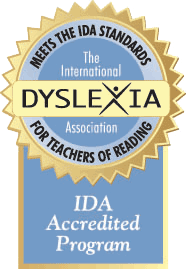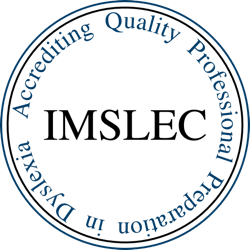Multisensory Monday: “Good Letter, Bad Letter”
Posted by Tammi Brandon on 14th Jul 2019
To encourage proper letter formation, teachers can create a simple activity that helps students recognize and articulate what makes letters “good” or “bad”.
What You’ll Need
Index cards or paper squares
Marker
Envelope
Black construction paper
Scissors
Glue
Make it Multisensory
Begin by making a “jail”. First, cut the black construction paper into small strips. Next, glue the strips onto the front of an envelope. Finally, print or write “jail” on an index card or paper strip and glue it to the front of the envelopes.

Next, create the “good” and “bad” letters. On separate index cards or paper squares, write the same letter two different ways; Write a neat, properly formed letter on one card and a sloppy, ill-formed letter on another card. Do this for several letters. Use whatever style of writing best suits your student’s needs: capital letters, lower case letters, print, or cursive.

How to Conduct the Activity
Give students two copies of the same letter – the “good” letter and the “bad” letter. Ask a student to select the “bad” letter and send it to “jail” by placing it in the envelope. Next, ask your student what was wrong with the “bad” letter (alternately, the student could say what made the “good” letter stay out of “jail”).
Teach students to use handwriting terms such as: ascender (the part of the letter that travels above the midline as in b, d, h, and l), descender (the part of the letter that travels below the baseline as found in: g, j, and q), slant (the angle of a letter), etc.


In this example, the student might identify an inconsistent slant in the “bad” letter or note that the “humps” of the letter “m” are not the same size.
As students become more consistent recognizing and articulating the “good” or “bad”, give the student two index cards and ask him to make a “good” letter and a “bad” letter. The instructor can then play the part of the student and send a letter to “jail”.
The more students participate in this activity, the more cognizant they become of their own writing style. When they write something, select certain letters and ask if the student thinks they are “good” or “bad” letters. Ask them to fix the “bad” letters and be sure to praise them for the “good” letters. And, don’t be surprised if students begin to mention your own poor letter construction from time to time!
Handwriting: Lessons for Print’s™ methods and multimodal techniques support students in developing letter formation automaticity through a multisensory, systematic, structured, sequential, direct-instruction teaching approach. This scientific research-based program incorporates learning strategies informed by the science of reading, occupational therapy, and early childhood development guidelines. Click here for more information Classroom Package - Handwriting: Lessons for Print - Brainspring Store
Written by Tammi Brandon, M.Ed., CDP
Tammi Brandon is a Master Instructor and Education Consultant with Brainspring Educator Academy.
Learn more about Brainspring’s accredited Orton-Gillingham professional development
Learn more about Brainspring’s Michigan-based Learning Centers
Accreditation:



